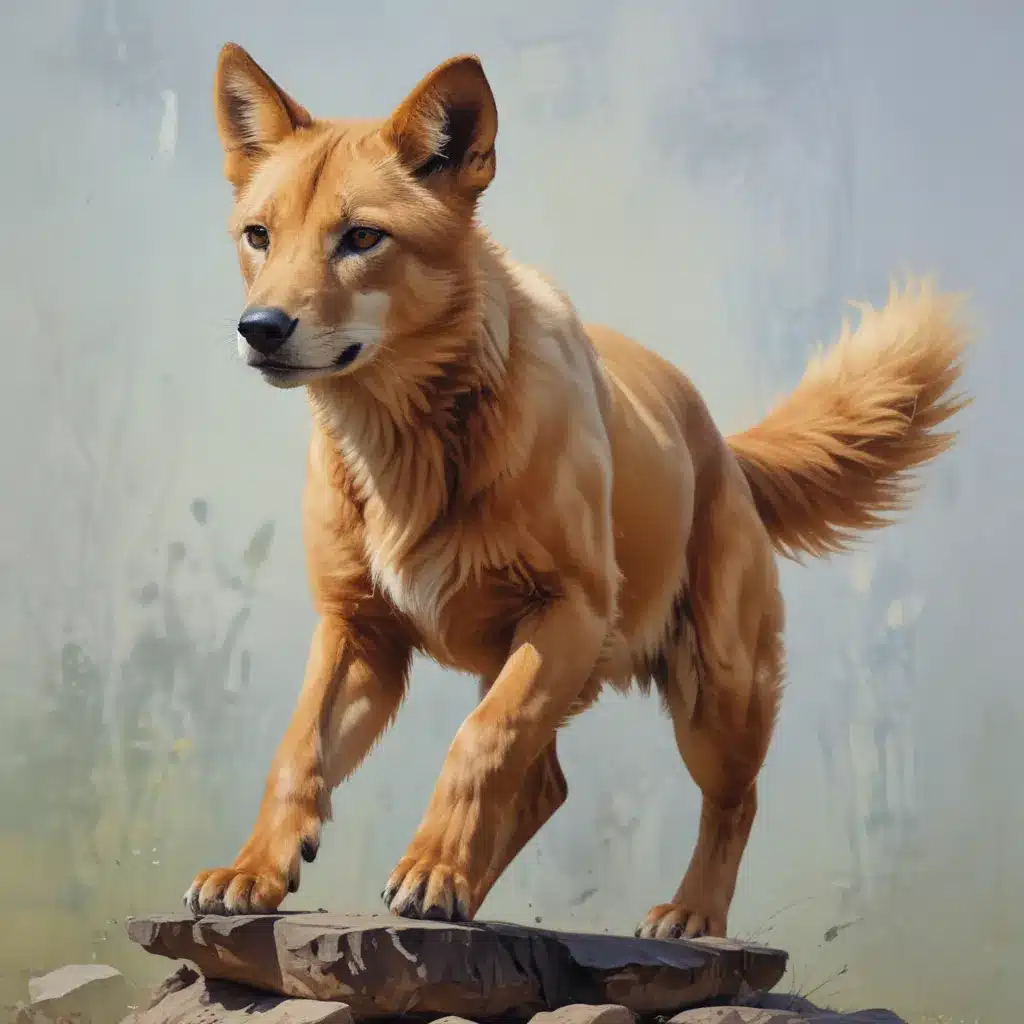
As an experienced art writer and creative consultant, I’ve had the privilege of exploring a wide range of artistic techniques, creative processes, and innovative approaches across various media. In our 15 years installing… One aspect that has long fascinated me is the delicate balance between spontaneity and control in animal-focused artwork – how artists harness the energy and personality of their subjects while maintaining a sense of technical mastery.
Modern Painting Techniques
When it comes to capturing the dynamic movements and expressive qualities of animals, contemporary painters have a wealth of tools at their disposal. Acrylic paints, for example, offer a versatile medium that allows for both controlled brushwork and spontaneous, gestural marks. The fast-drying nature of acrylics enables artists to build up layers quickly, experimenting with thick impasto textures or transparent washes to convey a sense of movement and atmosphere.
On the other hand, oil paints provide a richer, more malleable surface that lends itself well to capturing the nuances of animal anatomy and fur. Skilled oil painters can employ a range of techniques, from alla prima (wet-on-wet) applications to carefully constructed, layered compositions, to achieve a balance of realism and expressive interpretation.
For those seeking a more fluid, luminous quality, watercolour paints can be incredibly effective in rendering the dynamic forms and patterns of animal subjects. The inherent unpredictability of the medium encourages an embracing of happy accidents and intuitive mark-making, allowing artists to channel the energy of their subject matter.
Regardless of the specific medium chosen, the most captivating animal paintings often arise from a mastery of drawing fundamentals. Pencil sketching, charcoal studies, and ink drawings can all serve as essential building blocks, honing an artist’s ability to capture anatomical details, expressive gestures, and a keen sense of observation.
Creative Inspiration
Bringing these technical skills to life, however, often requires a deep well of creative inspiration. Aspiring animal artists would do well to cultivate observational practices, spending time in close proximity to their subjects, whether in the wild or through carefully curated reference materials. This immersive approach can help unlock a deeper understanding of an animal’s unique personality, movement patterns, and emotional qualities.
Equally important is the ability to translate these observations into imaginative compositions. By experimenting with different perspectives, cropping, and focal points, artists can imbue their work with a sense of dynamism and visual interest. Capturing the spontaneous energy of an animal’s actions, while still maintaining a strong compositional framework, is a true hallmark of the most captivating animal paintings.
Painting Dynamic Subjects
One of the key challenges in depicting animals is finding the right balance between realism and stylization. While a high degree of anatomical accuracy can lend an air of authenticity, an overly literal approach can sometimes fall flat. The most successful animal painters are those who can selectively emphasize certain features, distilling the essence of their subject into a compelling visual interpretation.
This often involves a mastery of expressive brushwork, where each stroke conveys a sense of energy and movement. Loose, gestural marks can suggest the speed and fluidity of an animal’s motion, while carefully placed, deliberate brushstrokes can capture the subtleties of form and texture. By balancing these approaches, artists can create a sense of spontaneity and dynamism that brings their animal subjects to life.
Equally important is the ability to convey the personality and emotion of one’s subject. Whether it’s the playful exuberance of a puppy, the regal poise of a lion, or the serene tranquility of a sleeping kitten, the most captivating animal paintings capture the unique character of their subjects. This can be achieved through nuanced facial expressions, body language, and an overall sense of presence that resonates with the viewer.
Artistic Design Principles
Underpinning these technical and expressive considerations are the fundamental principles of artistic design. Strong composition and layout are essential, with artists employing asymmetrical balance, strategic focal points, and a keen sense of rhythm and movement to guide the viewer’s eye through the work.
The thoughtful use of color theory and palette can also play a pivotal role in evoking the desired mood and atmosphere. Complementary color harmonies, for instance, can lend a sense of vibrancy and energy, while muted, earthy tones may convey a more serene, contemplative feel. Ultimately, the artist’s color choices should work in service of their creative vision and the emotional response they aim to elicit.
Finally, the strategic incorporation of texture and materiality can add depth and dimension to animal-focused artwork. Layered, mixed-media approaches, impasto brushwork, and the illusion of depth can all contribute to a sense of tactility and realism, while also allowing for expressive, abstract interpretations.
Putting It All Together
Mastering the balance between spontaneity and control in animal paintings is a lifelong pursuit, but one that can yield truly captivating and rewarding results. By harnessing a diverse range of technical skills, cultivating creative inspiration, and applying fundamental artistic principles, artists can create works that not only capture the dynamic essence of their subjects but also resonate deeply with viewers.
Whether you’re an aspiring painter, an art enthusiast, or a creative professional seeking to expand your repertoire, I encourage you to explore the boundless possibilities of animal-focused artwork. Embrace the energy and personality of your subjects, experiment with different techniques, and trust your intuitive instincts – the journey of discovery is half the fun.
And if you’re looking for more inspiration and practical guidance, be sure to check out the wealth of resources available on Pencil and Paint Muse – your go-to destination for all things art and creative expression.
Example: Modern Abstract Painting Series 2024